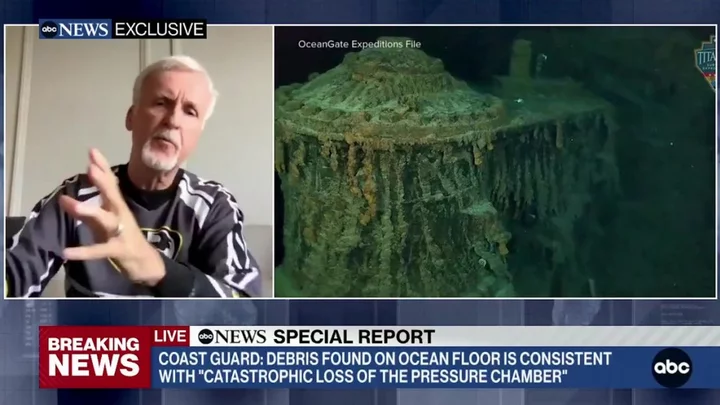After it was discovered that the OceanGate submersible imploded during its expedition to the Titanic, some have wondered why the Titanic did not reach the same fate when it sank.
Last Thursday (June 22), the U.S. Coast Guard had announced that the OceanGate submersible which contained five people, had suffered a "catastrophic implosion" that killed all onboard.
Sign up to our free Indy100 weekly newsletter
Since learning about the news, some have asked why the sub imploded but the Titanic didn't as it sank.
One user took to Twitter to ask the question that was on many minds:
Many quickly replied to help explain why the Titanic didn't implode, the answer being that because the Titanic wasn't pressurised, the lack of pressure differential means that the sinking would not result in an implosion.
Writing for Northeastern Global News, Arun Bansil, professor of physics, explained that "when a submersible is deep in the ocean it experiences the force on its surface due to water pressure. When this force becomes large than the hull can withstand, the vessel implodes violently."
Many also took the opportunity to inform that some parts of the Titanic actually did implode.
The stern (the rear) of the ship imploded roughly 60 metres (200 feet) below the surface of the water. Lots of air was trapped in the back of the ship, so when the external pressure got high enough, it imploded. Whereas the air had been released from the front of the ship, which caused the pressure to be equal on the outside and inside, therefore no implosion occurred. As one user explained:
Have your say in our news democracy. Click the upvote icon at the top of the page to help raise this article through the indy100 rankings.









